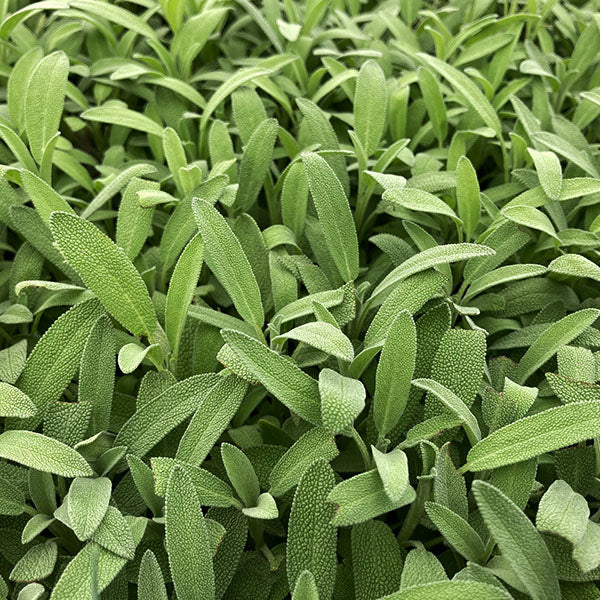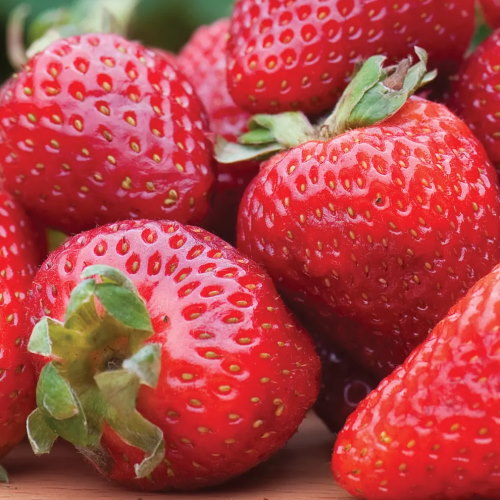These 7 plants will excel and be pest-free next to rosemary – discover the best companion plants, plus what to keep away
Rosemary companion planting keeps plants thriving, deters pests, and can even improve the taste of some crops
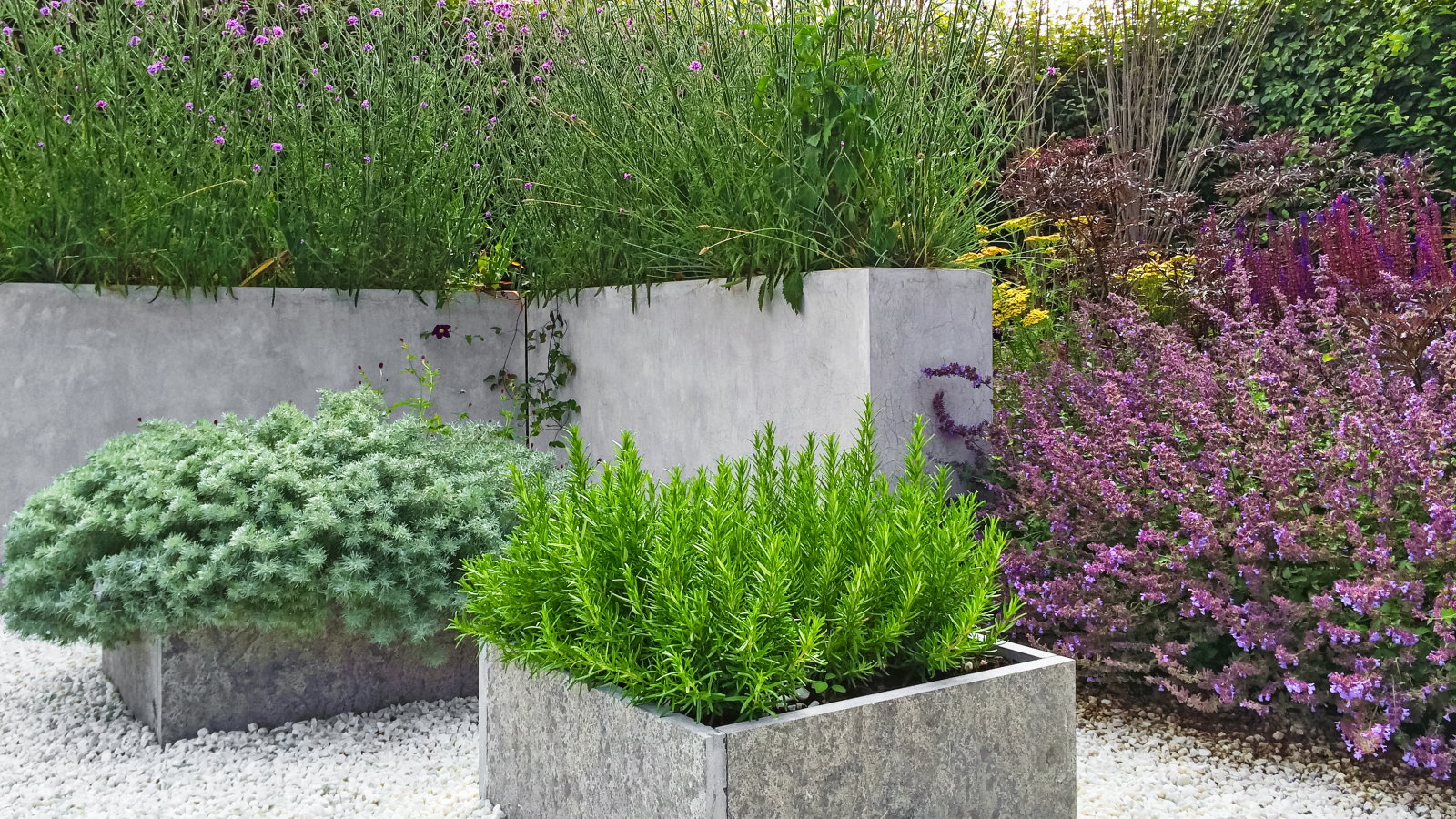

Rosemary is a wonderful aromatic plant and a staple culinary herb in many gardens. It is a fantastic ornamental plant, and its naturally strong aroma is highly beneficial in companion planting. We look at what to plant with rosemary in your garden to take advantage of its natural abilities to control pests and more.
As well as repelling pests, rosemary companion planting can help increase yields, improve flavors, and keep plants thriving throughout the season. There are many vegetables, fruits, herbs, and flowers to consider as companion plants when you grow rosemary.
To help narrow down all the potential options, this guide looks at what to plant with rosemary. It includes seven of the best options for rosemary companion planting, along with some vegetables and herbs best kept well apart from your rosemary plants.
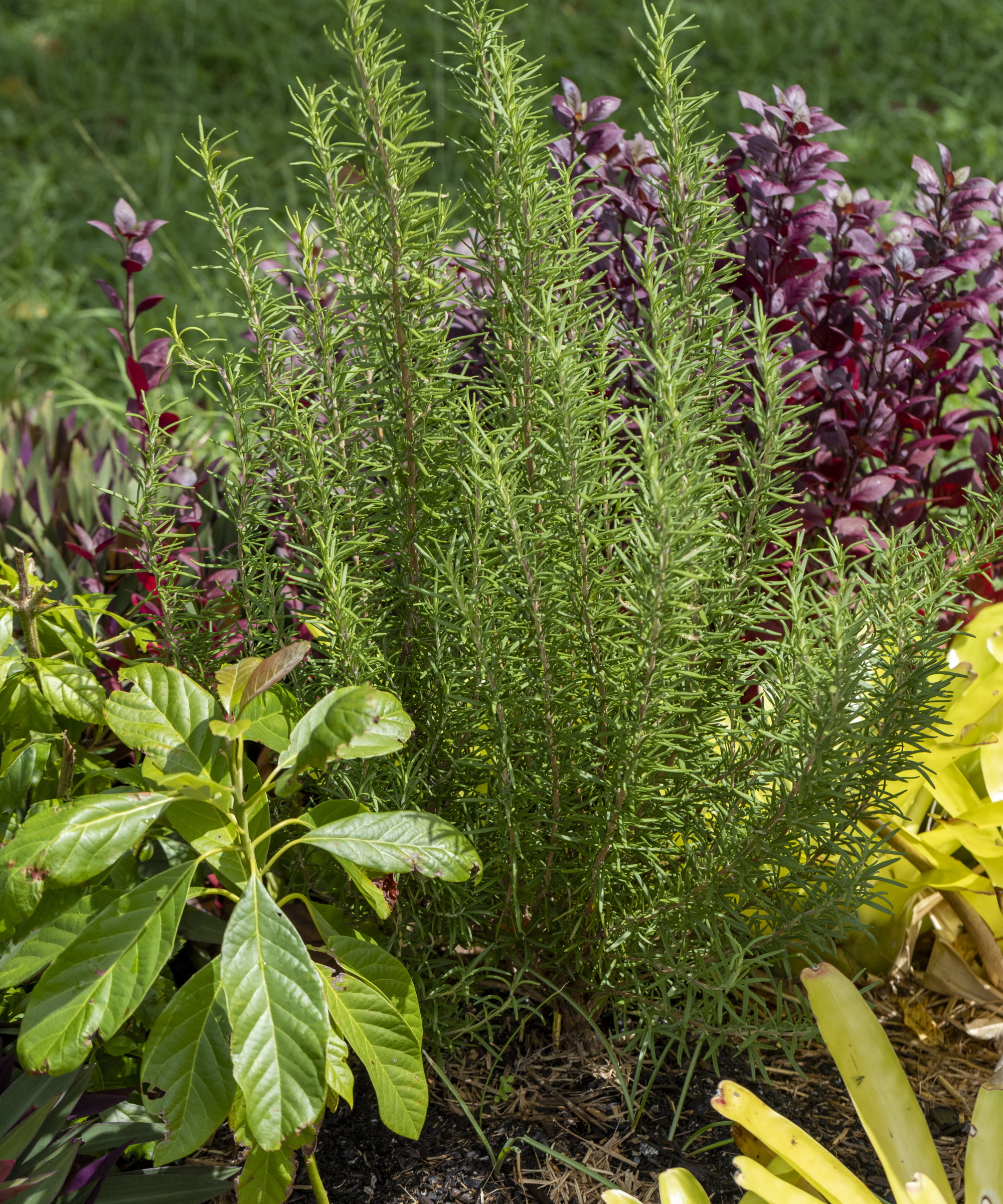
Rosemary companion planting - the good and the bad
Companion planting is a highly recommended, organic way to improve the growth of plants and combat pests and diseases. It utilizes natural relationships between plants to keep them healthy and productive.
When looking after vegetable gardens as a professional gardener, companion planting played an important role in soil health, plant health, and getting the best harvests possible. I always advise any gardener to consider companion planting when putting together their plans, including planting rosemary or other aromatic herbs.
7 of the best for rosemary companion planting
If you want some ideas for what to plant with rosemary, these vegetables, herbs, and fruits rank among the best you can pick:
1. Beans

Beans are useful for rosemary companion planting as the legumes fix nitrogen in the soil and make the nutrients available for all nearby plants. It will help keep rosemary plants healthy and productive.
The rosemary repays that favor by deterring Mexican bean beetles, which can cause extensive damage as they munch their way through leaves and bean pods. By masking the scent of the beans, beetles are less likely to discover them and ruin any potential harvest.
Whether growing French beans, runner beans, black beans, pinto beans, or any other type, rosemary makes an ideal companion plant to keep your legumes safe from invasion.
See the range of bean seeds for planting available at Amazon
See the range of bean seeds for planting available at Walmart
See the range of bean seeds for planting available at True Leaf Market
2. Brassicas
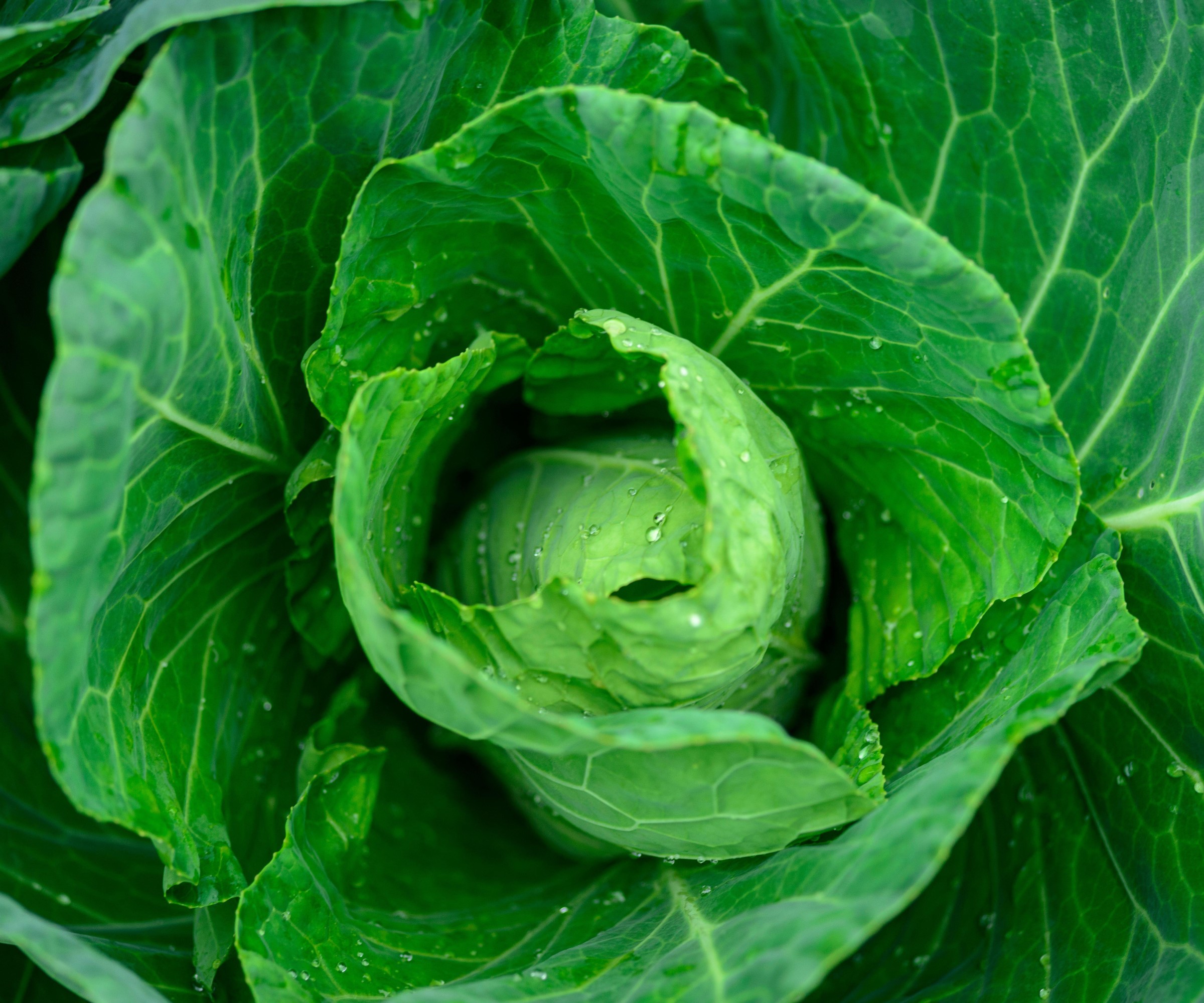
Cabbage worms, which become cabbage white butterflies, cabbage loppers, and cabbage moths, are all troublesome pests for any brassicas. The larvae and caterpillars voraciously munch through plants and wreak havoc on any potential harvest.
Thankfully, the strong aroma of rosemary masks the brassica’s scent and stops moths and butterflies from finding the plants. It makes rosemary great for broccoli companion planting, as well as a partner plant when growing kale, cabbage, cauliflower, and Brussels sprouts.
3. Carrots
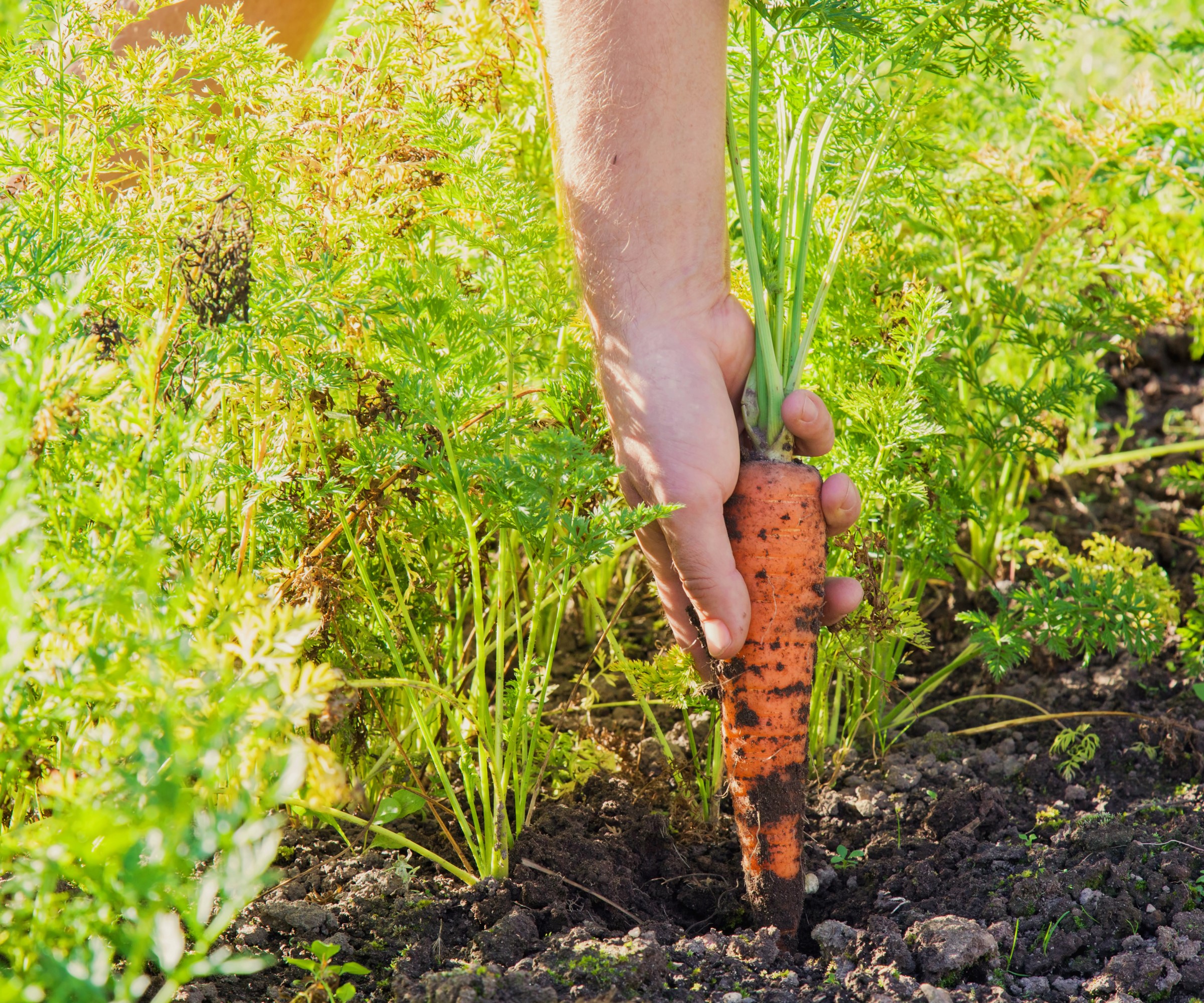
Rosemary is useful for carrot companion planting as it can help deter carrot flies, the biggest pests when growing carrots. These pests feed on the roots and can render them inedible. As well as carrots, they are a pest when growing parsnips, celery, and celeriac.
The strong smell of the rosemary helps to conceal the carrot’s aroma. This is a massive help as carrot flies can smell carrots from over a kilometer away and move quickly to affect plants.
Rosemary works well planted at the end of rows of carrots, where the root crop can loosen the soil structure near the herb. This helps the rosemary grow a strong root network to take up water and nutrients.
See the range of carrot seeds for planting at Amazon
See the range of carrot seeds for planting at Walmart
See the range of carrot seeds for planting at True Leaf Market
4. Lavender
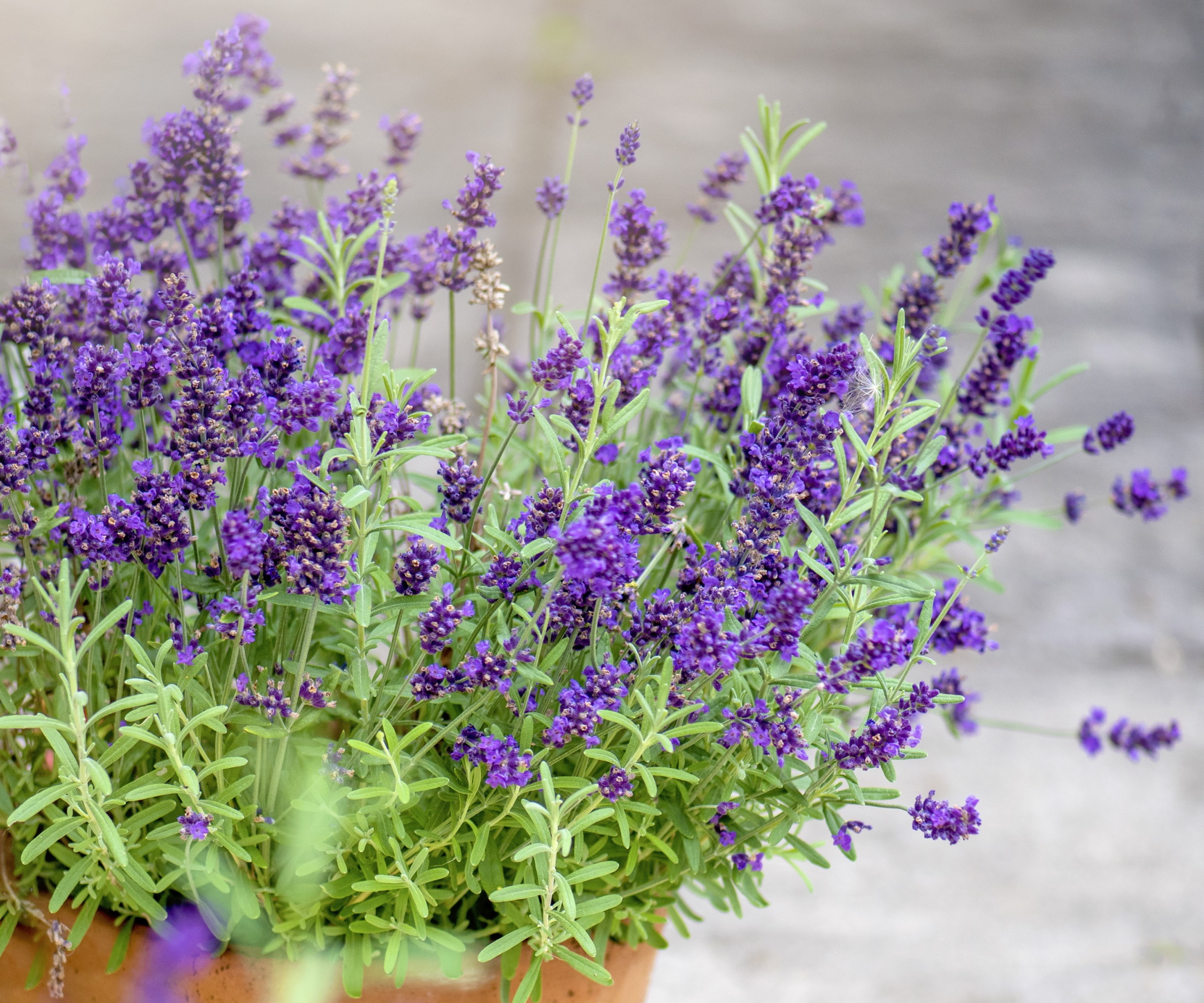
This one makes sense from the off as lavender and rosemary are both hugely popular aromatic herbs that thrive in the same growing conditions. They love warm, sunny spots and well-draining soil, and growing lavender as a rosemary companion plant is easy, as they both require the same amount of watering and care.
Looking further than the growing conditions, the two plants look good together and will bring in lots of pollinators and beneficial insects into any space. Plus, both plants will repel pests thanks to their strong aroma, so they can both grow happily pest-free side by side.
5. Sage
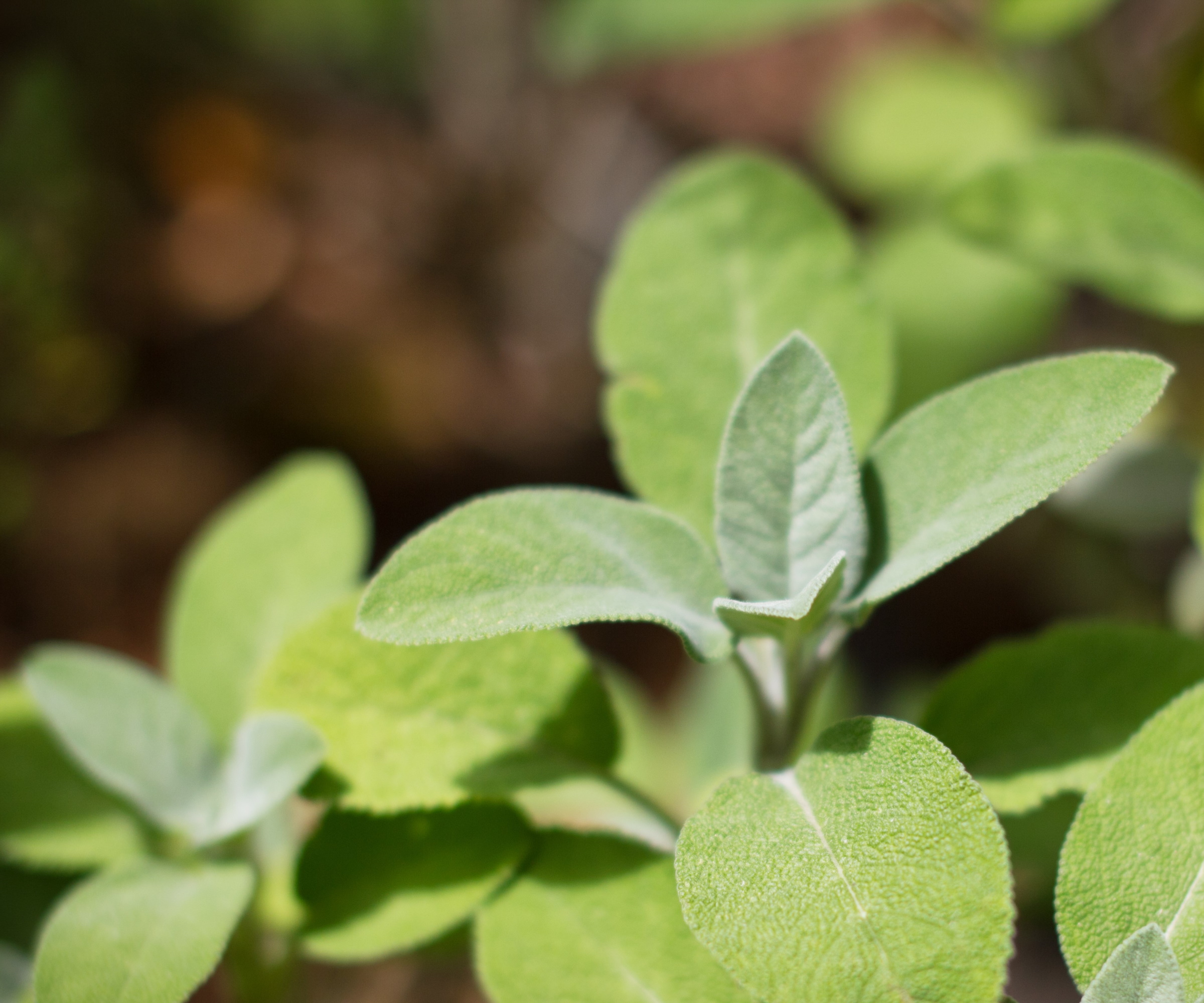
Sage is a perfect partner for rosemary companion planting if you have a herb garden or are growing herbs in pots. The two aromatic herbs love well-draining soil and lots of sun, such as in a Mediterranean garden. In addition, growing sage near rosemary is reputed to improve the flavor of the sage leaves.
6. Strawberries
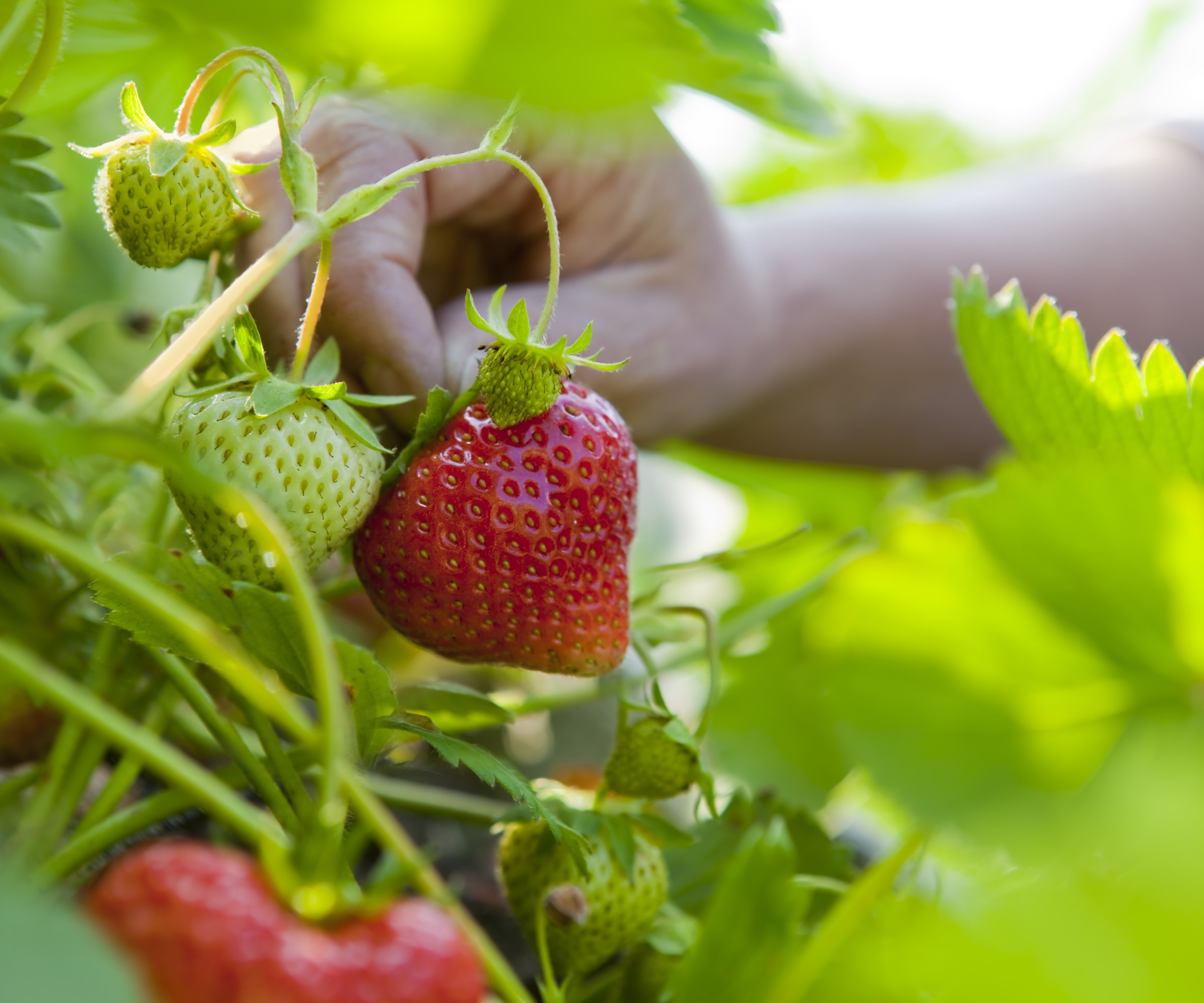
If you are after a fruit for rosemary companion planting, then strawberries are a fantastic option. When you grow strawberries near rosemary, the herb’s scent deters many strawberry pests. That means happier plants and less damaged fruits when you pick strawberries each summer.
The spreading growth habit of the strawberries can benefit the rosemary by smothering weeds that would otherwise compete for water and nutrients with the herb. Also, as the two plants have different growing traits, the strawberries and rosemary won’t compete for the same space, and they can both happily thrive.
7. Tomatoes

When growing tomatoes, having rosemary plants close by helps improve the flavor of the fruits, and the scent of the aromatic herb repels many tomato pests, including the tomato hornworm. Reduced pest problems mean healthier plants and bigger tomato harvests.
However, one caveat is that the two plants have different watering requirements. This rosemary companion planting combination potentially works best in a container garden, where you can give tomatoes the moisture they require without overwatering rosemary.
See the range of tomato seeds and plants at Amazon
See the range of tomato seeds and plants at Walmart
See the range of tomato seeds and plants at Burpee
What not to plant with rosemary
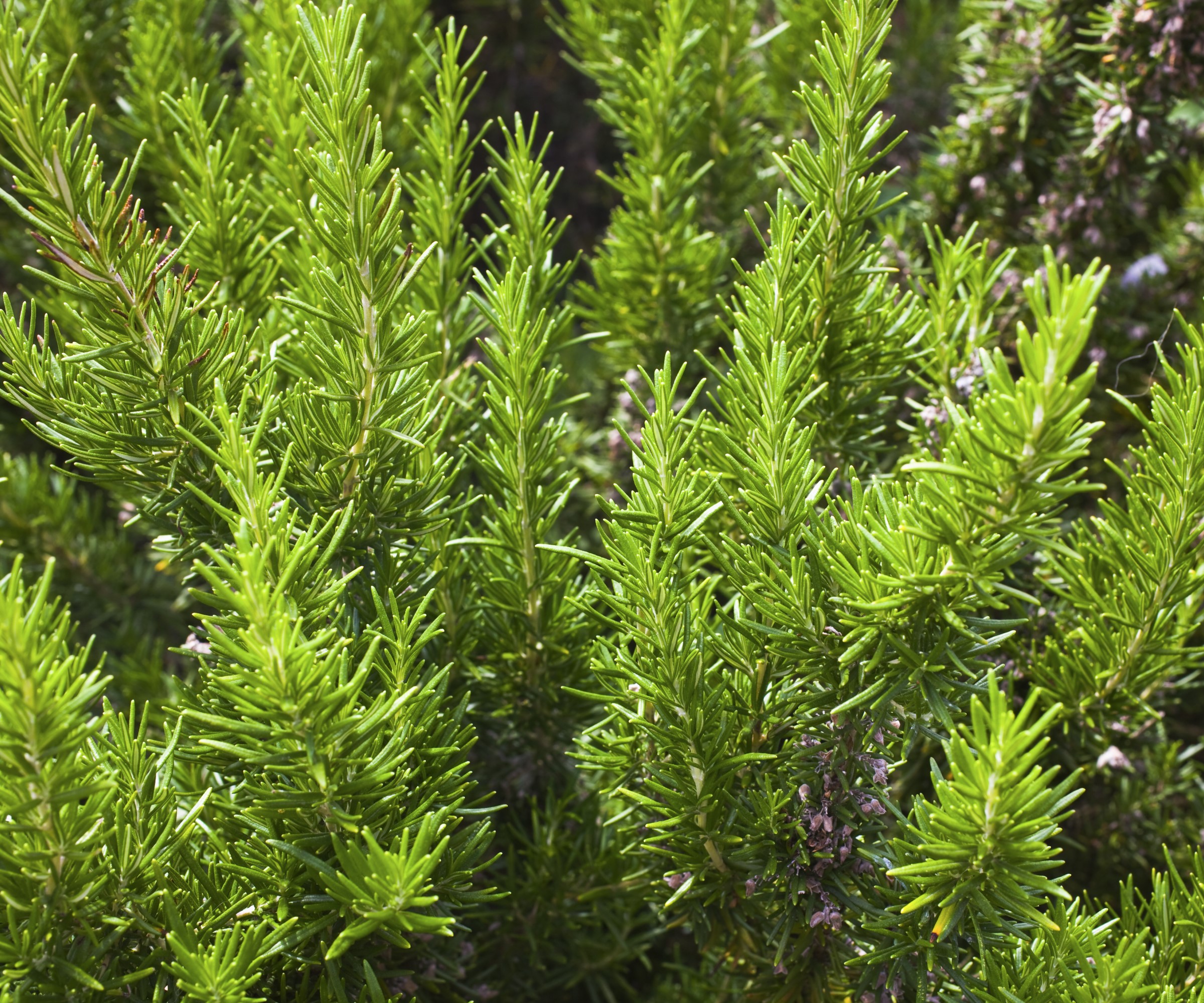
Avoid making companion planting mistakes by having any of the following vegetables and herbs near your rosemary. The following five plants are best avoided for rosemary companion planting.
- Basil - Basil and rosemary have very different moisture requirements. When growing basil, it likes consistently moist soil, which can prevent the plant from bolting. Rosemary doesn’t thrive in lots of moisture and prefers drier conditions, which are unsuitable for basil.
- Cucumbers - When growing cucumbers, the plants need lots of water and high nitrogen levels, but the same cannot be said for rosemary. Strong aromatic herbs can also affect the flavor of the fruits and are therefore unsuitable for cucumber companion planting.
- Fennel - Fennel has allelopathic properties, and it releases chemicals from its roots into the soil to inhibit the growth of other plants. Rosemary is one plant that is affected by these chemicals, so it is a plant never to grow next to fennel.
- Potatoes - The two work well in cooking; however, rosemary is not a good companion plant for potatoes. Rosemary is thought to hinder the growth of potatoes, so it is best to grow potatoes in a different area of the garden. The two plants do have very different growing requirements, too.
On top of knowing what to plant with rosemary, there are real positives to strategically planning how to combine herbs when planting a herb garden. To help guide you, this feature on herbs that grow well together reveals some of the best planting combinations to ensure your herbs grow at their best and are pest-free.
As well as rosemary and sage, other great combos to consider include basil and oregano, cilantro and dill, or chives and parsley - the latter of which are natural repellents against aphids, spider mites, and leaf hoppers.
Shop plants for rosemary companion planting
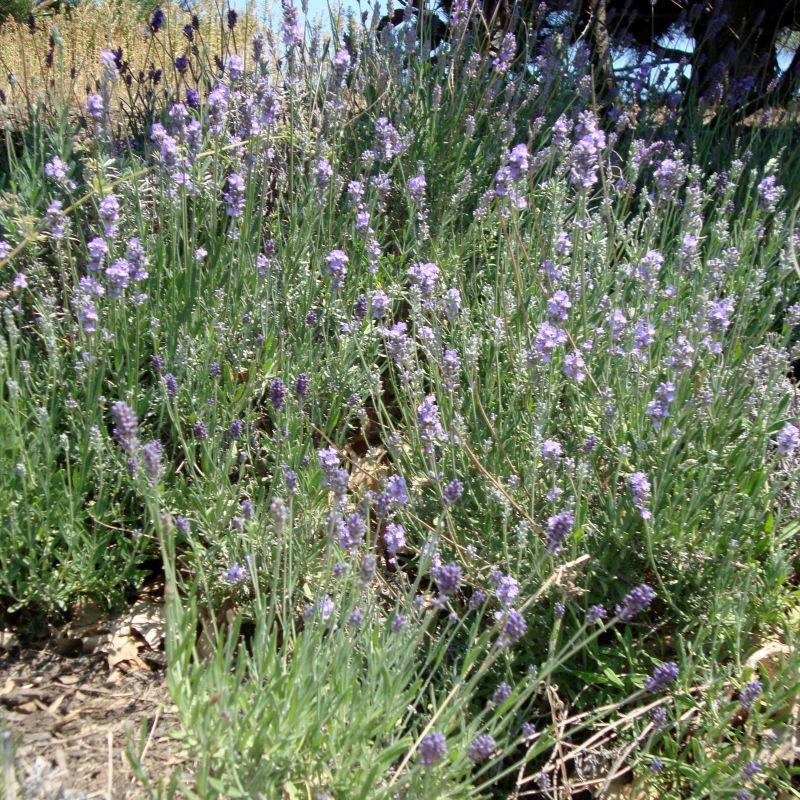
This English Munstead Lavender has long-lasting, soft, lavender-blue flowers adored by bees, butterflies, and hummingbirds.
Sign up to the Homes & Gardens newsletter
Design expertise in your inbox – from inspiring decorating ideas and beautiful celebrity homes to practical gardening advice and shopping round-ups.

Drew’s passion for gardening started with growing vegetables and salad in raised beds in a small urban terrace garden. He has worked as a professional gardener in historic gardens and specialises in growing vegetables, fruit, herbs, and cut flowers as a kitchen gardener. That passion for growing extends to being an allotmenteer, garden blogger, and producing how-to gardening guides for websites. Drew was shortlisted for the New Talent of the Year award at the 2023 Garden Media Guild Awards.
You must confirm your public display name before commenting
Please logout and then login again, you will then be prompted to enter your display name.
-
 I tested the Bissell SurfaceSense Allergen Pet Lift-Off upright vacuum – and love how impressively it cleans every surface at this price
I tested the Bissell SurfaceSense Allergen Pet Lift-Off upright vacuum – and love how impressively it cleans every surface at this priceAfter two weeks of vacuuming and testing, I'm recommending this budget-friendly vacuum to everyone
By Camryn Rabideau
-
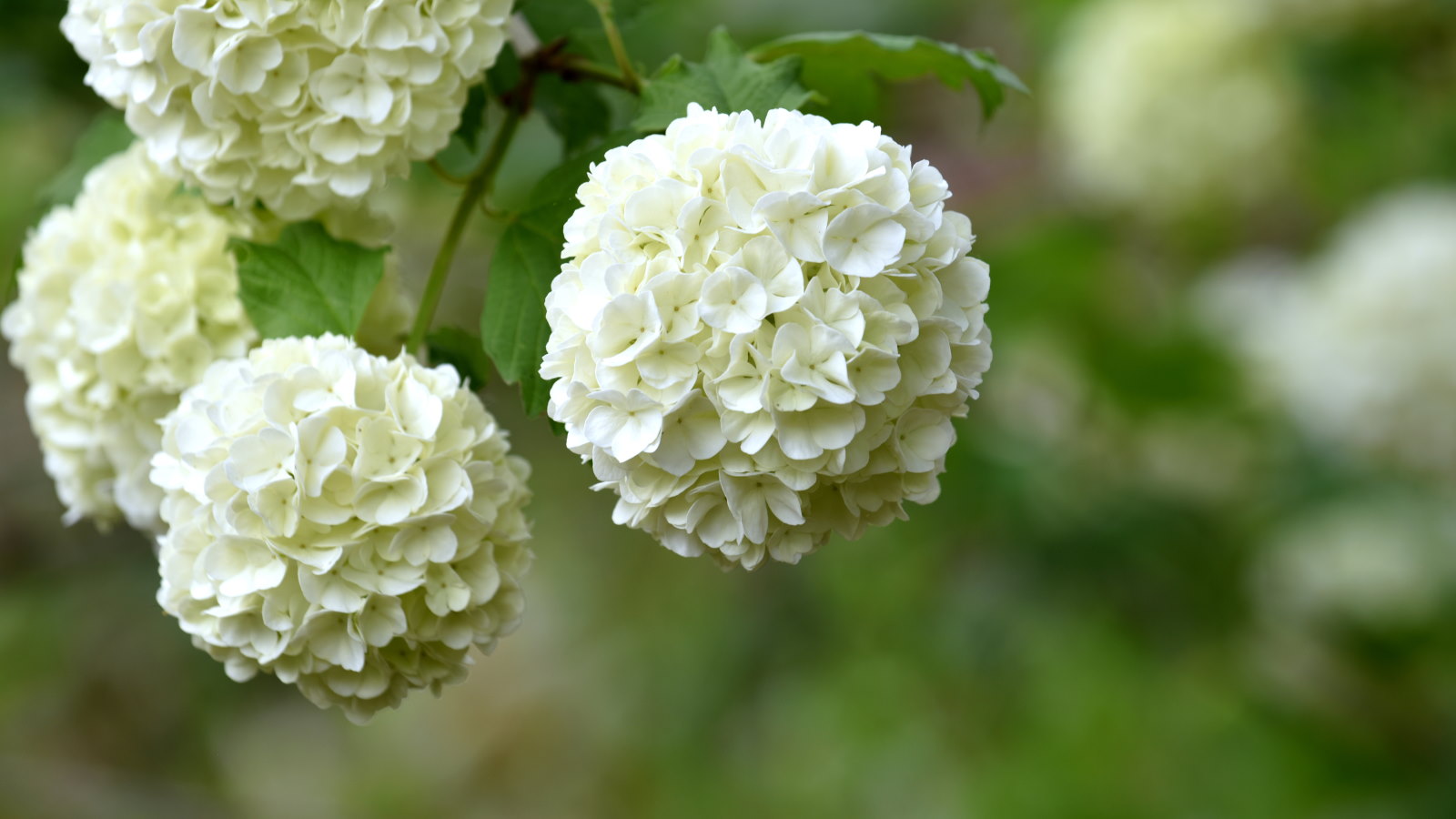 These 4 simple steps for pruning a snowball bush viburnum can give you the best blooms, plus we reveal the pitfall to avoid that will ruin any display
These 4 simple steps for pruning a snowball bush viburnum can give you the best blooms, plus we reveal the pitfall to avoid that will ruin any displayKnow how and when to prune a snowball bush with this expert pruning guide
By Drew Swainston
